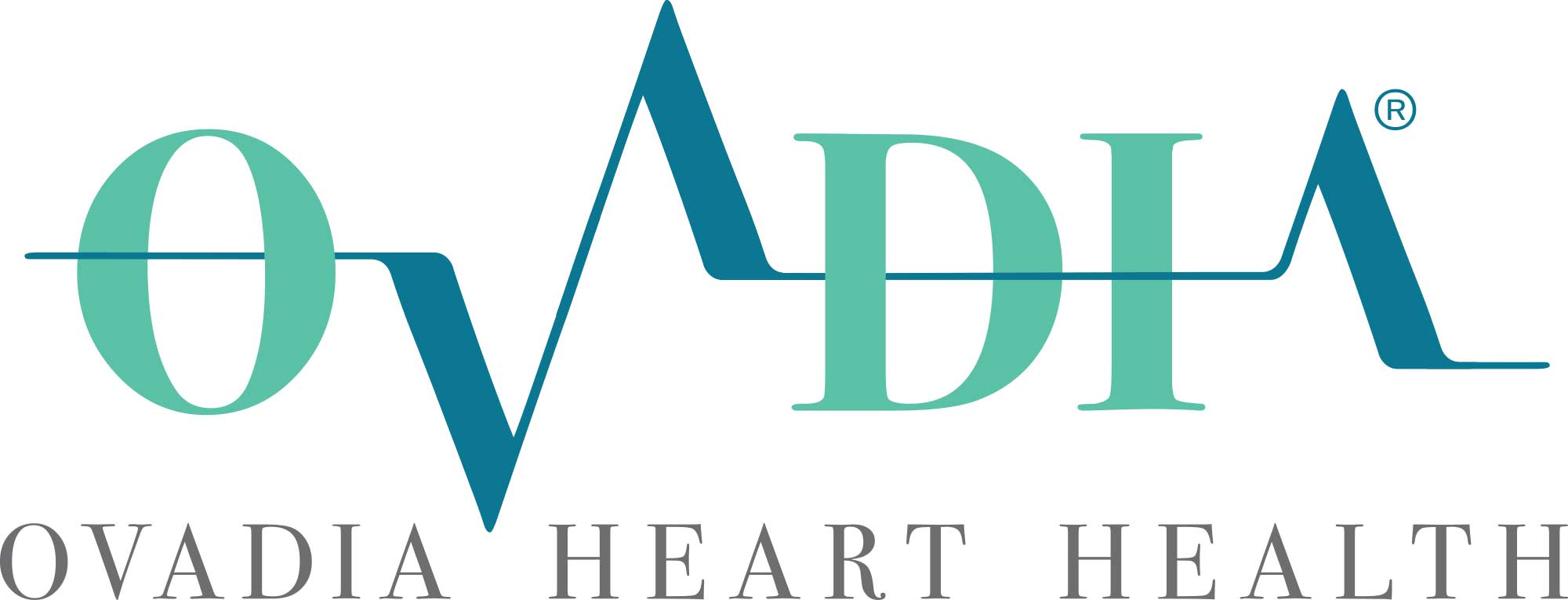I’m confident that before you found my website, you had heard of heart disease. Perhaps not all the different types and risk factors, but heart disease in general. It’s a common medical condition, mentioned alongside cancer and diabetes.
But not everyone has heard of cardiovascular disease (CVD) — and that’s where the problem lies. If you don’t know your enemy, you don’t know how to defend yourself against it, which is why identifying cardiovascular disease is a pivotal component of heart health.
My mission is to empower you with the information you need to live a long and healthy life. I want to help you better understand cardiovascular disease so you can improve both your heart and metabolic health.
What is cardiovascular disease?
The National Heart, Lung, And Blood Institute (NHLBI) defines cardiovascular disease as:
“…the term for all types of diseases that affect the heart or blood vessels, including coronary heart disease (clogged arteries), which can cause heart attacks, stroke, congenital heart defects and peripheral artery disease.”
In other words, cardiovascular disease is an umbrella term that includes all heart diseases in addition to other conditions.
How can I identify cardiovascular disease?
One of the best ways to determine if you have cardiovascular disease is to request a coronary artery calcium test (or CAC). This can help you identify calcium deposits in your arteries and decide on a course of action — whether that’s to treat your disease or continue with preventative measures and healthy practices.
You can also look for the five major factors of metabolic disease, which include:
- Blood pressure: A reading of less than 130/85 is considered healthy for average adults.
- Blood sugar: Your blood glucose should be less than 100 mg/dL.
- Waist circumference: Men should have waist circumferences under 40 inches, while women should remain under 35 inches.
- Triglycerides: Triglyceride readings for healthy adults are less than 150 mg/dL.
- HDL Cholesterol: Men should have an HDL greater than 40 mg/dL and women should have a level greater than 50 mg/dL
If you want an aerial view of your cardiovascular health, you can take my metabolic syndrome quiz to get a sense of how healthy you are.
The 4 types of cardiovascular disease
As it’s an umbrella term, there are many different types of CVD. Let’s focus on the main four:
1. Aortic disease
The aorta is the body’s largest blood vessel, running from the heart through the abdomen. Aortic diseases refer to any condition affecting the function of your aorta.
A common aortic disease is an aortic aneurysm, which can lead to the aorta bursting. In many cases, an aortic aneurysm has no symptoms and is typically found during other tests. However, if you notice abdominal swelling, a pulsing sensation or persistent stomach pain, it’s worth visiting a doctor to be safe.
2. Coronary heart disease
Coronary heart disease occurs when plaque blocks the coronary arteries, reducing the amount of blood that reaches the heart. This additional strain on the heart can lead to:
- Heart failure, which is when the heart can no longer pump blood properly
- Heart attacks, in which blockages stop blood reaching the heart
- Angina, where restricted blood flow caused chest pain
3. Peripheral arterial disease
With peripheral arterial disease, a blockage occurs in the arteries of the limbs – most commonly the legs. As with aortic aneurysms, many people have either no symptoms or symptoms that are easy to overlook. For example, you may experience a painful ache when you walk, but dismiss it because it disappears after some rest. Other symptoms include weakness or numbness in the legs, hair loss on the legs and feet, changes to the skin on your legs, or a reduction in muscle mass.
4. Strokes and TIAs
Strokes are caused when a blockage stops blood from reaching the brain. A transient ischemic attack (TIA), sometimes called a mini-stroke, only temporarily stops the flow. Both can cause catastrophic damage to the mind and body, including facial paralysis and memory loss.
Treatment options for cardiovascular disease
The different types of cardiovascular disease mostly share similar treatment options. Medications can help to lower blood pressure, relax the arteries, or address other symptoms, and surgery may be needed to clear blockages, open up the arteries or even perform a heart transplant.
But as we know, medication isn’t the only way to treat chronic disease. With each condition, treatment also includes lifestyle changes, such as giving up smoking, taking up exercise, and eating healthier foods.
How to prevent cardiovascular disease
The best way to prevent cardiovascular health is simple: to make decisions that increase heart health and improve cardiovascular health.
Each instance of cardiovascular disease shares the same risk factors: high blood pressure, high cholesterol, diabetes, obesity, inactivity, and a poor diet. If you’re not giving yourself whole, real foods, resistance exercises, and daily sunlight, you may be putting yourself at a higher risk for cardiovascular disease.
Remember: these risk factors indicate that a person is in poor metabolic health. So if you want to prevent cardiovascular disease, you should focus on fixing your metabolic health. Doing this means you’re eating properly, exercising regularly, maintaining a healthy weight, and getting a clean bill of health from your blood panels.
The best part is you can start to see improvements very quickly — which also means your risk for cardiovascular disease can start to reduce quickly too.
To discover if you’re metabolically healthy and at risk for cardiovascular disease, I invite you to take my seven principles of metabolic health course and take control of your future today.
